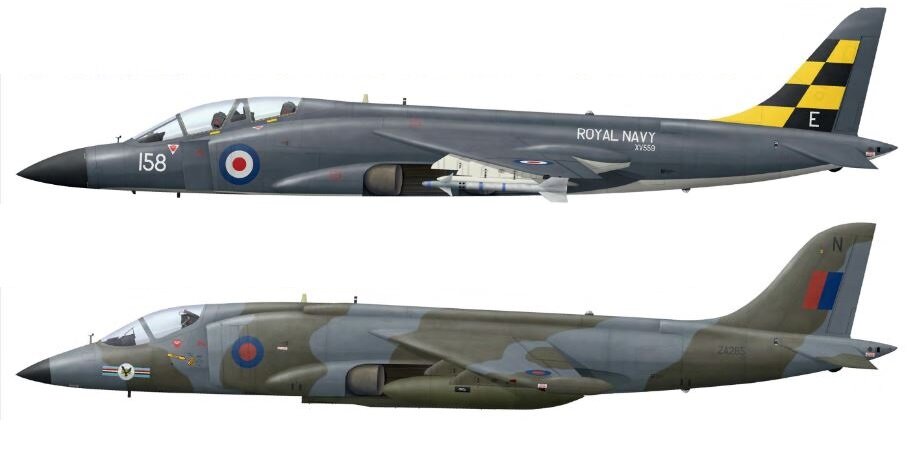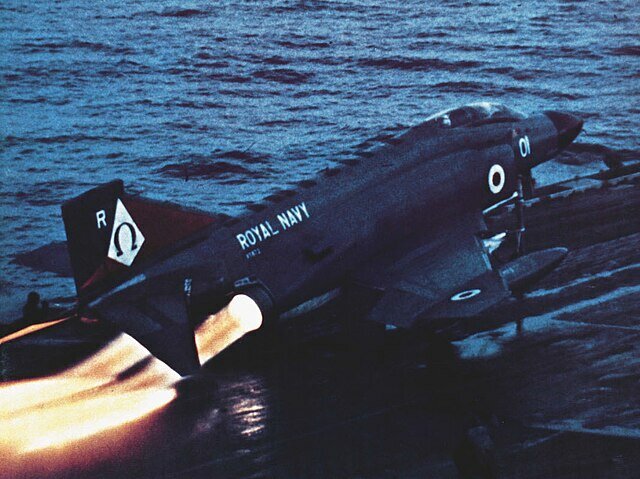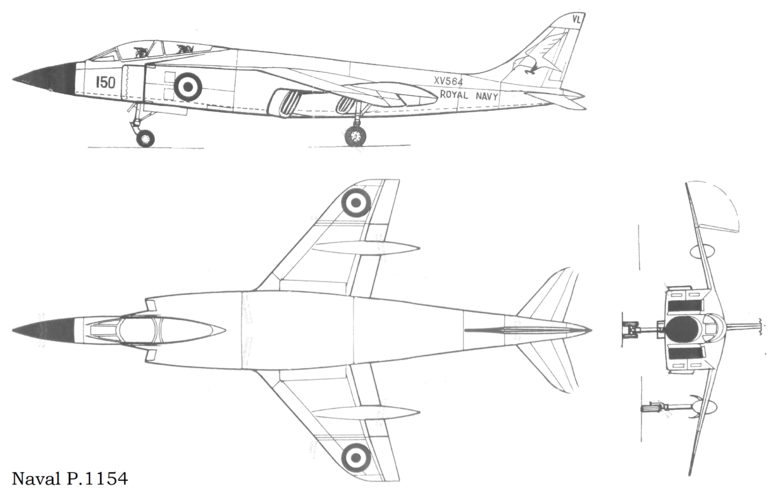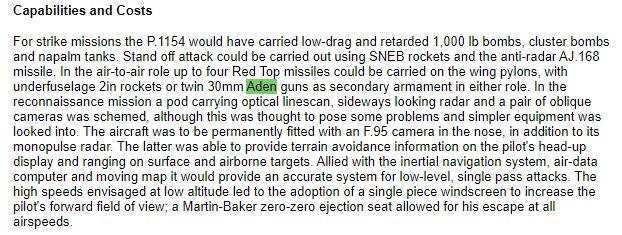- Joined
- 27 May 2008
- Messages
- 1,178
- Reaction score
- 2,482
Harrier was good for 100 plus passes on CBR6 and above surfaces without PSP. (For guidance;- CBR6 is approx the consistency where a normal weight person will not leave foot prints in the soil)
However PSP made sense for most operations and guarded against changes in weather conditions such as rain;- turning a CBR6 to 4 in minutes.
When any aircraft operates from unprepared surfaces FOD damage is unavoidable and expensive. During one very public drought relief operation using C130’s on unprepared surfaces the cost repairs due FOD (quietly paid by the tax payer) was nearly equal to the amount of money raised by the public charities. At the time it was largest charity fund raiser up until that that date.
However PSP made sense for most operations and guarded against changes in weather conditions such as rain;- turning a CBR6 to 4 in minutes.
When any aircraft operates from unprepared surfaces FOD damage is unavoidable and expensive. During one very public drought relief operation using C130’s on unprepared surfaces the cost repairs due FOD (quietly paid by the tax payer) was nearly equal to the amount of money raised by the public charities. At the time it was largest charity fund raiser up until that that date.
Attachments
Last edited:










